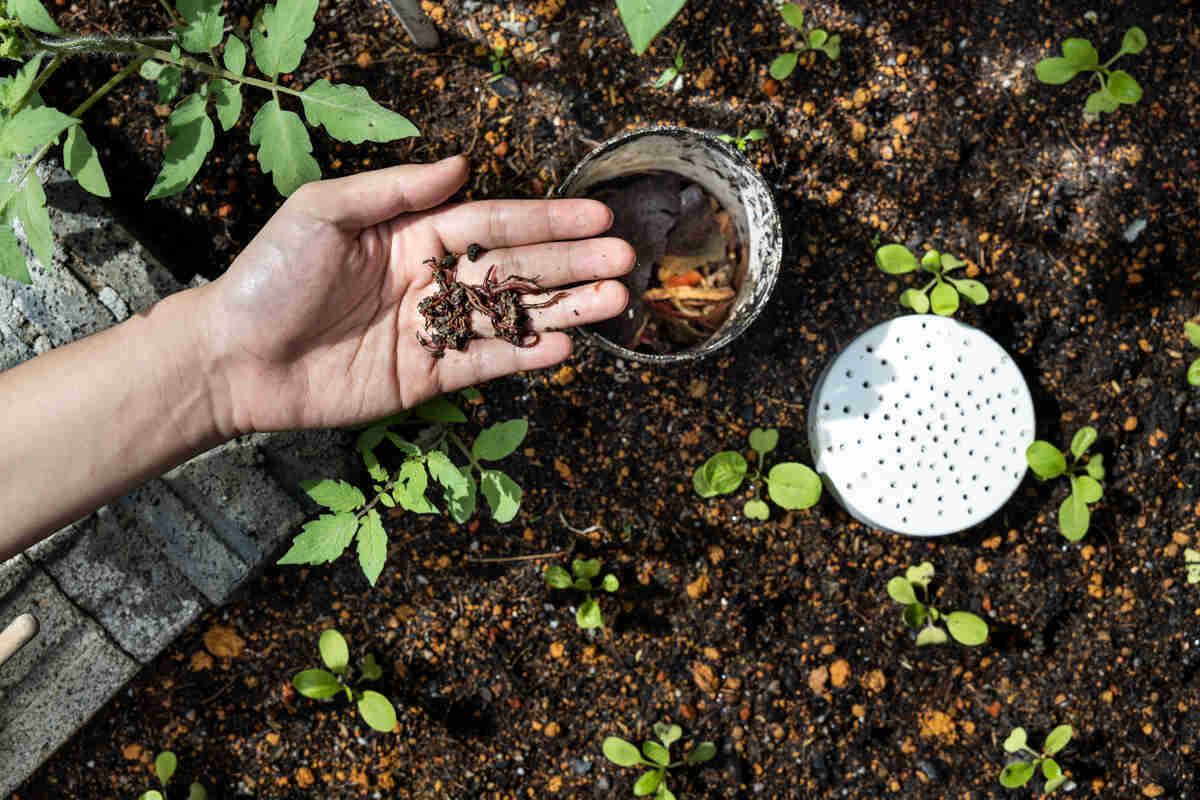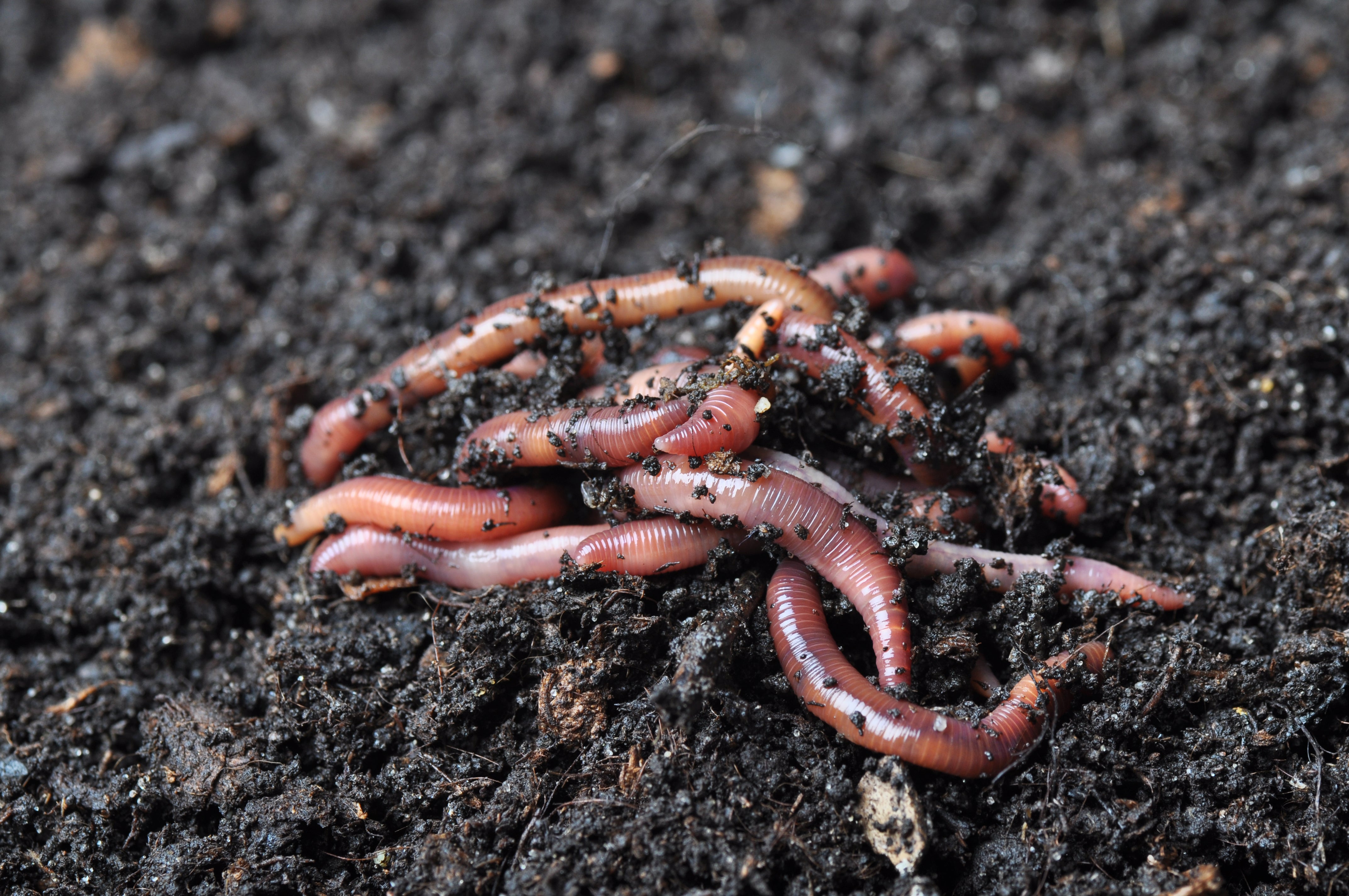The Best Strategy To Use For Red Wiggler Express
The Best Strategy To Use For Red Wiggler Express
Blog Article
Excitement About Red Wiggler Express
Table of ContentsThe smart Trick of Red Wiggler Express That Nobody is DiscussingUnknown Facts About Red Wiggler ExpressSome Known Incorrect Statements About Red Wiggler Express The Basic Principles Of Red Wiggler Express
Vermicomposting certainly isn't a new practice. We have actually been doing it below at Uncle Jim's for decades. With the global push for sustainability and with environmentally friendly techniques growing in appeal, individuals are lastly coming around and recognizing the environmental advantages of red wiggler worms and composting. In this article, we'll talk about just how vermicomposting supports sustainable horticulture and the ecological benefits of red wigglers and various other earthworms.
This is the brief of it. If you intend to read in-depth concerning red wiggles, we have a whole short article committed to them here. Now, let's get involved in the nitty-gritty of exactly how these worms support sustainable horticulture practices and benefit the environment: Worm composting is like a health spa day for your dirt.
When included right into your yard dirt, these spreadings enhance its structure, oygenation, and water retention. This helps with plant development and wellness and does not call for the usage of any type of chemicals. Did you understand that organic waste makes up a substantial portion of landfill material?
By diverting your kitchen area scraps and lawn waste into a worm composting bin, you're effectively decreasing the quantity of organic waste that finishes up in landfills. It's a win-win situation for your yard and the world. Forget chemical plant foods worm spreadings are the real bargain. They're chock-full of important nutrients like nitrogen, phosphorus, and potassium.
Not known Factual Statements About Red Wiggler Express

Maintain the bin in a trendy, questionable place to avoid overheating. Mix the nutrient-rich worm spreadings right into your yard soil or utilize them as a top dressing for potted plants. You'll notice healthier, better plants quickly! It actually is as easy as that. In a globe where sustainability is ending up being increasingly vital, red wigglers radiate as unhonored heroes of gardening.
Composting might appear like old news, yet doing it with a container full of worms possibly does not. Red wiggler worms use great benefits to the natural garden enthusiast, producing both an all-natural fertilizer and an effective chemical.
Worm spreadings might be purchased at stores such as SBS in Winery Sanctuary or Vineyard Gardens in West Tisbury, yet to increase the worms in a compost bed and harvest your own spreadings is far more enjoyable. The job of these worms is an element of sustainable living. Red wigglers are native to equine manure, where they delve to lay eggs.
The Ultimate Guide To Red Wiggler Express
(http://www.detroitbusinesscenter.com/hickory/farming/red-wiggler-express)He covers the container with straw, after that an item of old rug. Lynn discusses the manufacturing of spreadings and 2 usages: as a plant food and as a pesticide. It passes via them and includes calcium to make this rich earth," she states.
"We call it gold tea," says Lynn. "I did it to see if it would certainly make a difference on white flies and aphids. My rosemary had a mold and mildew or fungus. After I sprayed, promptly it looked much better." The red wiggler is a vast dog breeder, laying eggs as frequently as once a week.
It takes 3 to five months for a child worm to reach sexual maturation and the grown-up size of three inches. Their life period is 4 to five years unless of program they are utilized for lure. As freshwater fish lure, wigglers agonize on the hook and survive undersea longer than conventional earthworms.

As one of the Epigeic class of compost worms, the generally does not show up in soils. The worm is red or reddish-brown in shade and has a smooth, cylindrical shape.
A red wiggler worm can mature to 4 inches in size but is generally only concerning 2 and a half inches. The worm has a small mouth situated at the front of its head. It also has tiny bristles, called setae, which aid the worm move and anchor itself to surfaces.

Report this page